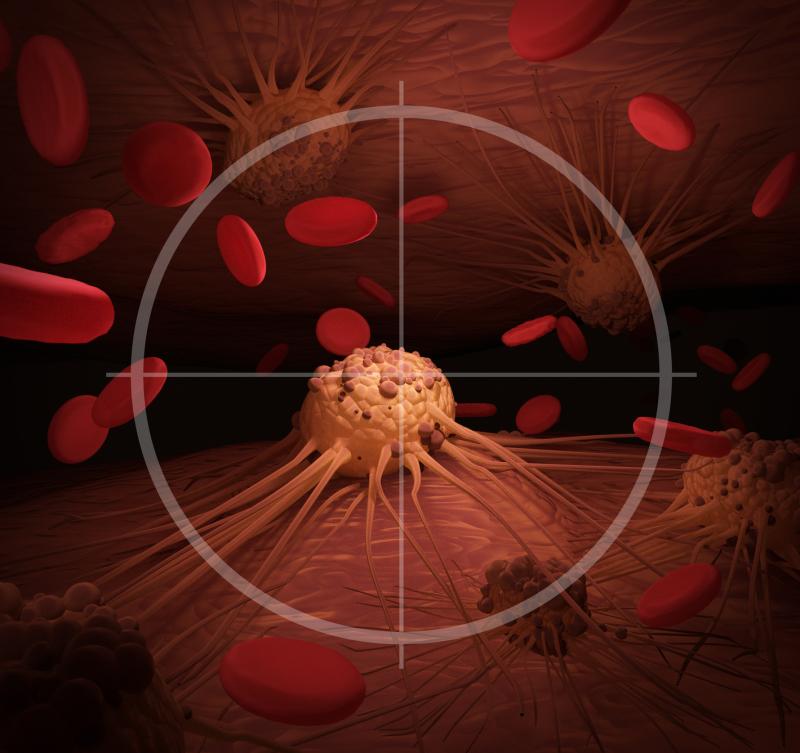
A regimen consisting of obinutuzumab plus fludarabine and cyclophosphamide (G-FC) achieves favourable outcomes with manageable toxicity in the treatment of chronic lymphocytic leukaemia (CLL) in physically fit adults, poised as an attractive first-line option in patients who are eligible for potent chemoimmunotherapy, according to data from the phase IIIb GREEN trial.
“Moreover, G-FC could hold potential as an effective ‘backbone’ of combination therapies with new compounds, such as ibrutinib; such a regimen (G-FC plus ibrutinib) is already showing favourable efficacy in a phase II trial as first-line treatment for fit CLL patients with mutated IgHV,” the investigators said. [Blood 2018:132:695]
GREEN is a study of obinutuzumab alone or in combination with chemotherapy in patients with previously untreated or relapsed/refractory CLL. The current analysis presented the safety and efficacy of frontline G-CF in the prespecified subgroup of 140 fit patients (median age, 57 years; 67.9 percent male). In this subgroup, IgHV was mutated in 26.4 percent of patients, unmutated in 55.7 percent and missing in 17.9 percent.
Obinutuzumab 1,000 mg was administered intravenously on days 1 (dose split days 1‒2), 8 and 15 of cycle 1, and day 1 of cycles 2–6 (28-day cycles). Standard intravenous/oral doses of fludarabine and cyclophosphamide were given on days 1–3 of cycles 1–6. A total of 124 patients (88.6 percent) completed all study treatment per protocol.
Over a median observation time of 25.6 months, 87.1 percent of patients developed grade ≥3 adverse events (AEs), such as neutropenia (67.1 percent) and thrombocytopenia (17.1 percent). The rate of serious AEs was 42.1 percent, whereas those of grade ≥3 infusion-related reactions (IRRs) and infections were 19.3 percent and 15.7 percent, respectively. [Leukemia 2020;34:441-450]
AEs led to premature treatment discontinuation in 14 patients (10.0 percent) and resulted in death in four patients (sepsis, second malignancy [acute myeloid leukaemia], pneumonia and unexplained death); three of those who died had previously discontinued treatment due to AEs.
Ninety percent of patients showed response, with 46.4 percent achieving complete response (CR; including CR with incomplete marrow recovery). Minimal residual disease (MRD) negativity rates were 64.3 percent in peripheral blood and 35.7 percent in bone marrow.
The 2-year progression-free survival estimate was 91 percent, being numerically higher among IgHV-mutated than among unmutated patients (96 percent and 88 percent).
“Results from this subgroup analysis of the international, phase IIIb GREEN study largely support the preliminary findings of the phase Ib GALTON study and suggest that G-FC may have manageable toxicity and promising efficacy in this patient population,” the investigators said. [Blood 2015;125:2779-2785]
“No unexpected safety signals were observed with G-FC … and side effects were generally manageable, although the high occurrence of neutropoenia and IRRs … highlights the need for careful risk assessment, prophylaxis and monitoring of these events,” they added.
Despite the need for a longer follow-up to validate the present data, the low rate of progression and high rate of MRD negativity show that G-FC is a clinically active treatment option for fit patients with CLL, according to the investigators.